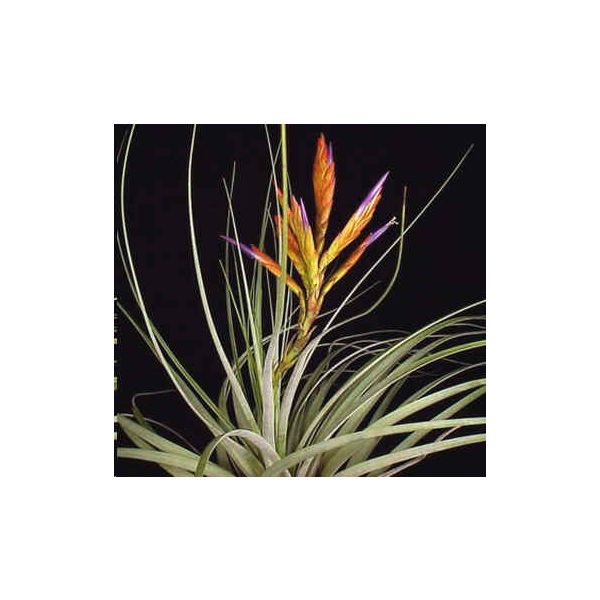Tillandsia Polita Seeds (Epiphytic Plants Seeds)
Tillandsia Polita Seeds (Epiphytic Plants Seeds)
The plant comes from Honduras, where it occurs in the far north. This plant is a really nice specie, rarely seen.

Delivery
All orders shipped with UPS Express.
Always free shipping for orders over US $250.
All orders are shipped with a UPS tracking number.
Returns
Items returned within 14 days of their original shipment date in same as new condition will be eligible for a full refund or store credit.
Refunds will be charged back to the original form of payment used for purchase.
Customer is responsible for shipping charges when making returns and shipping/handling fees of original purchase is non-refundable.
All sale items are final purchases.
Help
Give us a shout if you have any other questions and/or concerns.
Email: contact@domain.com
Phone: +1 (23) 456 789
Availability: Out of stock
SKU
Tillandsia Polita
Tillandsia Polita is an obscure and rare species. Medium sized to 12 in or so, with an attractive inflorescence consisting of bright reddish orange branches on an erect stem.
The bracts are purple. The many leaves are silvery over green and somewhat speckled on the underside. The plant comes from Honduras, where it occurs in the far north. This plant is a really nice specie, rarely seen.
The culture of the tillandsia in a vegetative state is rather easy if the humidity of the atmosphere is high. However the flowering of the plant is more difficult to obtain. Moreover, the plant decays slowly and dies a few years after its flowering. The rejections which appear at the base will flower in their turn a few years later. Recover the rejections when the plant mother is desiccated and place them in small pots.
Hardiness zone: 10 (1øC/35øF). The tillandsia requires a sharp light in summer and sun in winter. Place it close to a window directed at the west in summer and the south in winter. The ideal temperature in summer is 22 to 24 §C. In winter the temperature can be cooler (18 to 16 §C) but it should not go lower than 13 §C. The tillandsia is demanding on the level of moisture. Keep the water content of the air high. If you do not have a humidifier, regularly vaporize the plant with water at room temperature. If you cultivate it in a pot, place it on a wet gravel bed. Eliminate the yellowed leaves, cut the inflorescence after flowering and vaporize the foliage regularly.
The tillandsia develops few roots. This is why it is often fixed on pieces of wood or plates of bark using wire, with the roots surrounded by foam of sphagnum. Its installation can take place anytime in the year, except during flowering. The tillandsia can also be cultivated out of a pot if the substrate is porous and drains well. In this case, you can use fibers of Osmond, sphagnum moss or sphagnum peat, and pearlite like substrate, and gravel for the bottom of the pot. This plant once out of pot should almost never be repotted.
| Common name | Tillandsia |
|---|---|
| Species | Tillandsia polita |
| Germination | All bromeliad seed needs light to germinate. The seeds are sown on the surface of a fine potting mixture. Keep the mixture moist but not sodden. The container can be placed in a plastic bag to conserve moisture. The seed are sprayed regularly but allowed to dry out between watering. For all seed, some sign of germination should be apparent in 2-4 weeks with the development of a small green spot. This is the first seed leaf and is followed by a small root, more tiny leaves and more roots. Germination can take time. Be patient! |
| Price View | Price Range |

